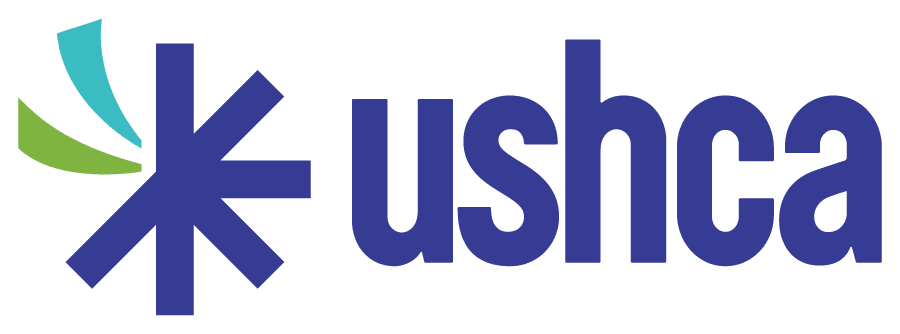Written By Danielle Pickens, USHCA Chief Program Officer
The looming expiration of Elementary and Secondary Schools Emergency Relief (ESSER) funds may feel like a cliff edge, but it’s just one rumble in the larger earthquake shifting the education landscape. Nuanced teacher shortages, declining perceptions of teaching as a profession, record K12 teacher burnout rates, declining student enrollment, shifting student demographics, and the rise of artificial intelligence (AI) in classrooms and in our work require a comprehensive review of where we go from here as talent leaders. We can’t simply patch the cracks with quick fixes or siloed solutions; we need a bolder and more holistic approach that acknowledges the realities school systems are facing.
Over the coming months, our USHCA team will be exploring many of these issues here on the blog and will share both thought-provoking insights, as well as practical solutions with you, so your school system can navigate the coming months and years through a talent-forward lens.
Here are a few ideas to consider now:
Assess your unique context holistically to build a sustainable roadmap forward
Instead of solely considering roles to eliminate due to the end of ESSER funding, broaden your thinking. Anticipate enrollment and demographic shifts, understand new and evolving organizational priorities, and identify emerging workforce trends. Craft talent solutions tailored to your unique context, recognizing potential overstaffing in certain areas alongside critical shortages in others. This nuanced understanding of the talent landscape ensures you’re planning for long-term impact, not fleeting relief.
Expand the definition of what an effective teacher looks like
The days of relying solely on “certified” teachers are fading. Declining funding, teacher shortages, and changing perceptions of the profession are reshaping the talent pool. But here’s the good news: research shows that teachers with emergency credentials often perform just as well as their certified peers.
Instead of clinging to outdated paradigms of a “certified” teacher in every classroom, let’s reconsider who can effectively teach and under what conditions. Embrace ideas like diverse qualifications and skills-first hiring, high-dosage tutoring, and innovative partnerships with community experts, virtual learning from outside providers without teacher certification, and tech-solutions. This not only addresses immediate staffing needs but also injects fresh perspectives and skills into the educational ecosystem.
Embrace AI to support teaching and learning
Teachers have the highest rate of burnout in the U.S., a chasm further exacerbated by the pandemic. Rather than asking teachers to do it all, let’s encourage teachers to leverage AI as a powerful ally to support teaching and learning. Imagine AI handling administrative tasks, personalizing learning paths, and providing real-time feedback to students. This frees up teachers to focus on what truly matters: student engagement, personalized guidance, and building meaningful relationships. Investing in professional development that equips educators with the skills and autonomy to leverage AI effectively will revolutionize how we teach and learn. AI can transform classrooms into dynamic and engaging environments, making teaching a more attractive career choice once again.
Prioritize your highest need students in all decisions
No matter how we define teacher “effectiveness,” low-income students, lower-achieving students, and students of color, end up with the least effective teachers. The same data holds true for principals; those students and schools most in need of great principals are also least likely to have them.
We can’t ignore this reality as we make decisions in the coming months; it’s our responsibility to address it head-on. Every decision we make in our talent management strategies must prioritize the needs of these students first and foremost and ensure they have at least equal access to great teachers and leaders.
Where We Go From Here
The ESSER cliff isn’t an obstacle to be overcome; it’s an opportunity for transformation. This transformation requires boldness, creativity, and an unwavering commitment to building a system that is not just sustainable, but responsive, adaptable, and prepared to face the challenges of tomorrow.
Look to the blog in the coming months for more additional ways to navigate the K12 talent landscape.

